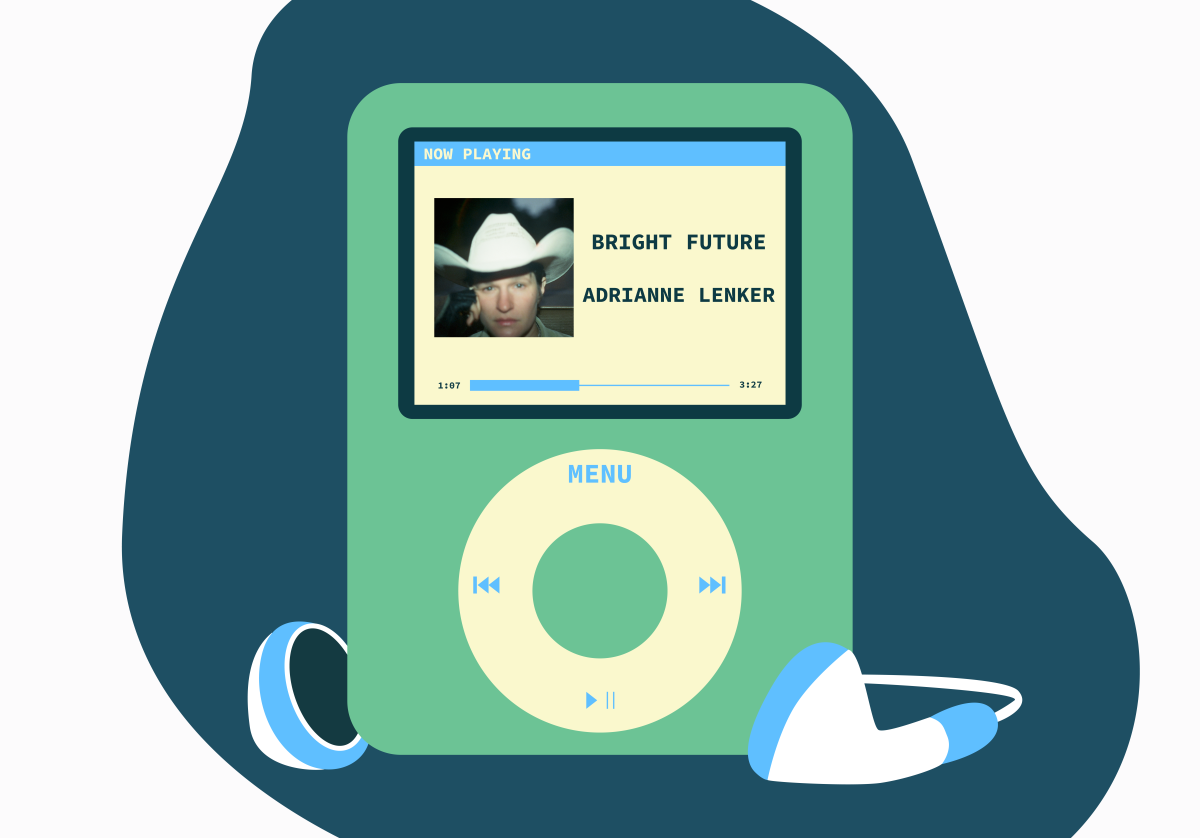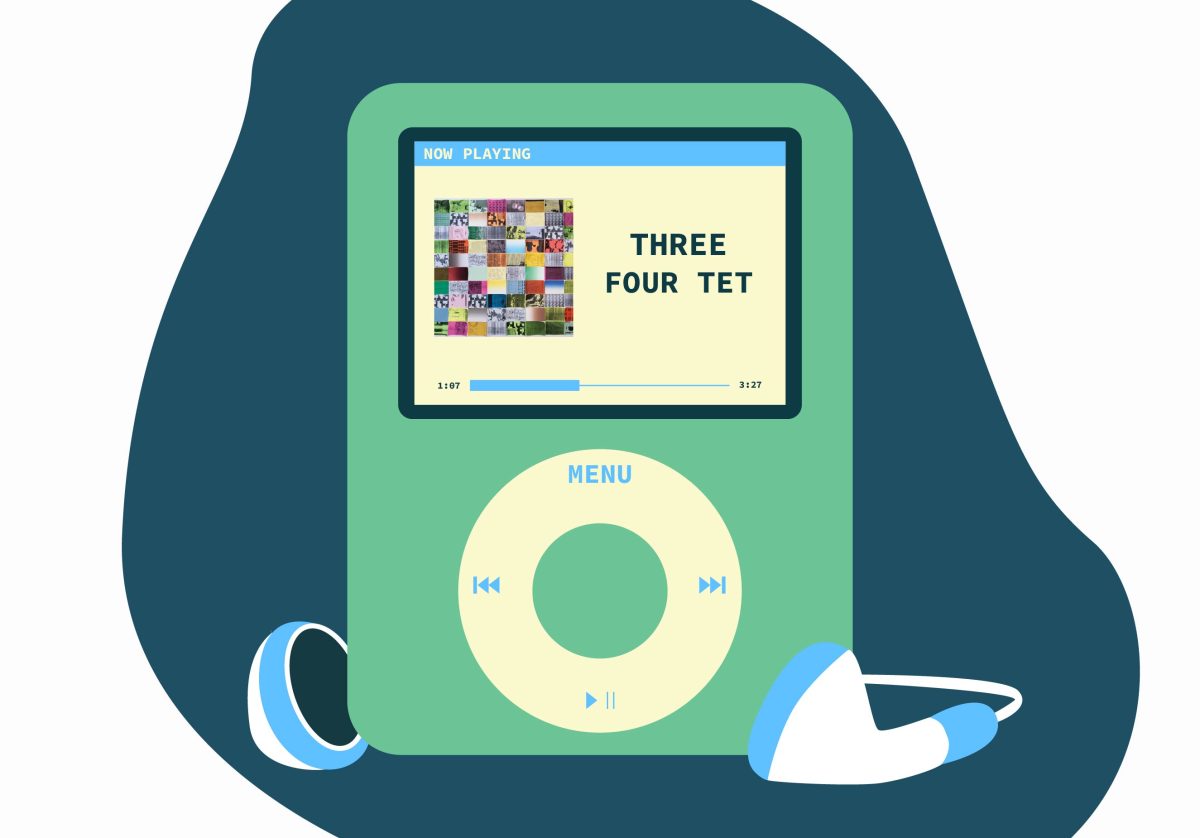White Power music is mainstream rock’s evil twin, sounding almost OK if you don’t really listen to it. And you can’t listen to it, because it’s illegal. But white supremacists distribute it online as part of their recruitment game, and it’s easy to imagine that a kid listening to songs with titles like “Hate Train Rolling“ will adopt insensitive racial attitudes.
But what about a white college student who listens to Radiohead? There’s nothing racist about “In Rainbows,” right?
Right. But new research from the University of Minnesota shows that white students who are exposed to run-of-the-mill rock ‘n’ roll music experience something called in-group favoritism — which means that when tested, they favor their own race.
“It’s direct, empirical evidence that listening to music — even when you don’t realize you’re listening to it, even when you’re not paying attention to the lyrics, even when you didn’t pick the music yourself — just being exposed to it can influence the way you treat other people,” said Heather LaMarre, an assistant professor in the School of Journalism and Mass Communication.
Researchers asked undergraduate students — who didn’t know they were part of an experiment — to allocate tuition money to on-campus student groups: African American Studies, Rural and Agricultural Studies, Arab American Studies and Latino American Studies.
Researchers couldn’t ask students to give funds to a Center for White Studies because centers like that don’t exist — but past research has shown that students equate rural and agricultural studies with white people.
Before they had to make the budgeting decisions, students sat in a waiting room for seven minutes. Music played softly.
For one group of students, radical White Power music played. For another group, it was mainstream rock — like the Foo Fighters, Bon Jovi, Bruce Springsteen and Radiohead. The third group was exposed to Fergie, Rihanna and other Top 40 artists.
“We didn’t think Top 40 would have any kind of an effect at all because it’s very widely consumed by all kinds of peopleb and it’s so diverse. And that’s exactly what we found,” LaMarre said.
Top-40 listeners tended to distribute the money equally across all groups.
Students exposed to the mainstream rock favored the white group.
“They didn’t harm or hurt any other groups. They just took a little bit of money from every other group and gave extra,” LaMarre said.
And then students who were exposed to the hateful White Power music actively punished the African-American and Arab-American groups, taking money from them and depositing it into the white group.
“And the reason why that’s interesting is that those are the groups targeted by the songs,” LaMarre said.
LaMarre said that this study isn’t just about white people and rock ‘n’ roll — it’s about how listening to music that we culturally identify with strengthens positive associations we have with our race.
“People pick and select music that they identify with, that they like, that relates to their life. But the more they do that, the more they favor people like themselves,” LaMarre said.
LaMarre said that this research has significant implications, but the only way that these concepts will become more accepted is through repetition.
“It matters for public policy. It matters for the way we treat each other in our personal lives, but also the way we support political initiatives,” she said.






















